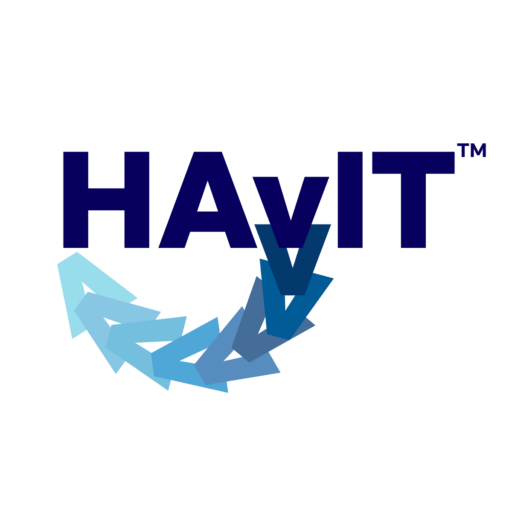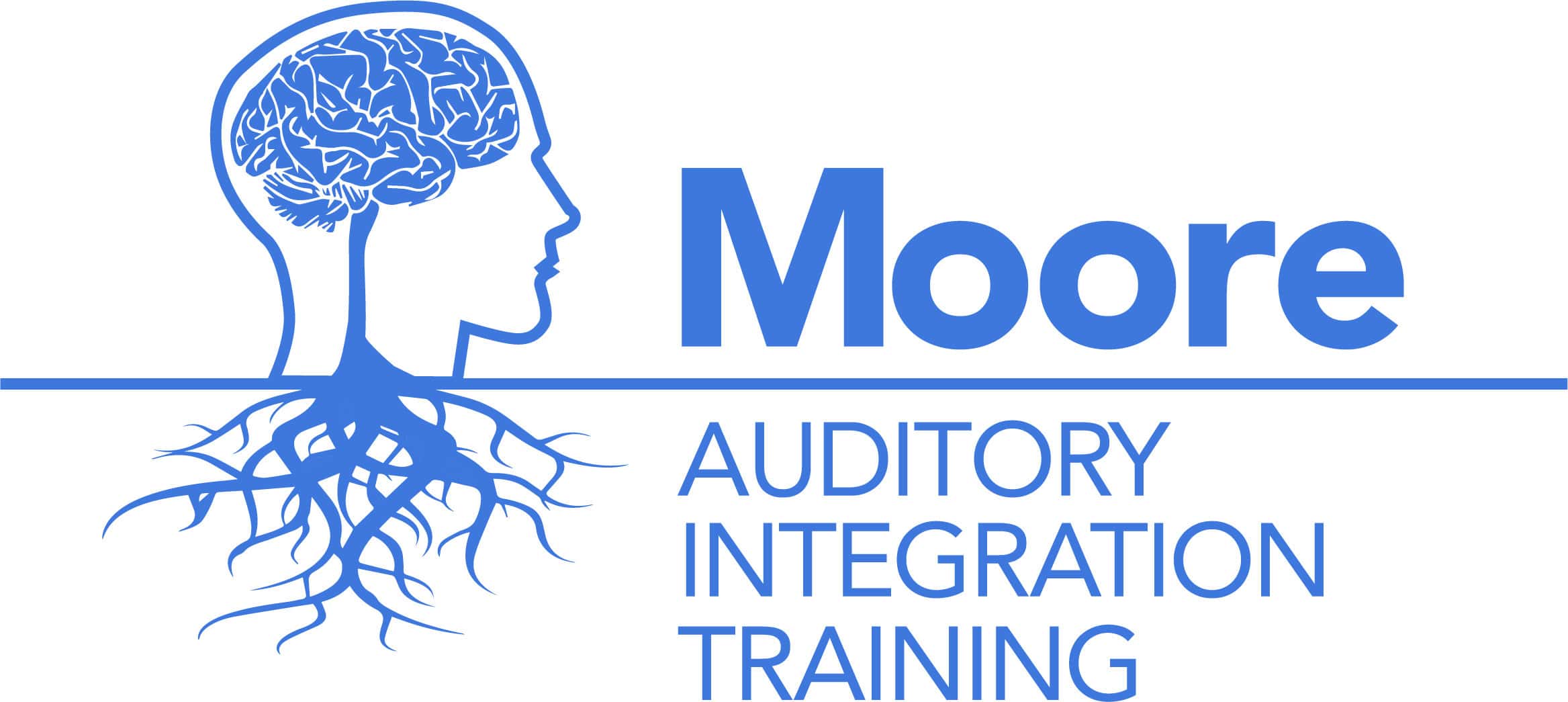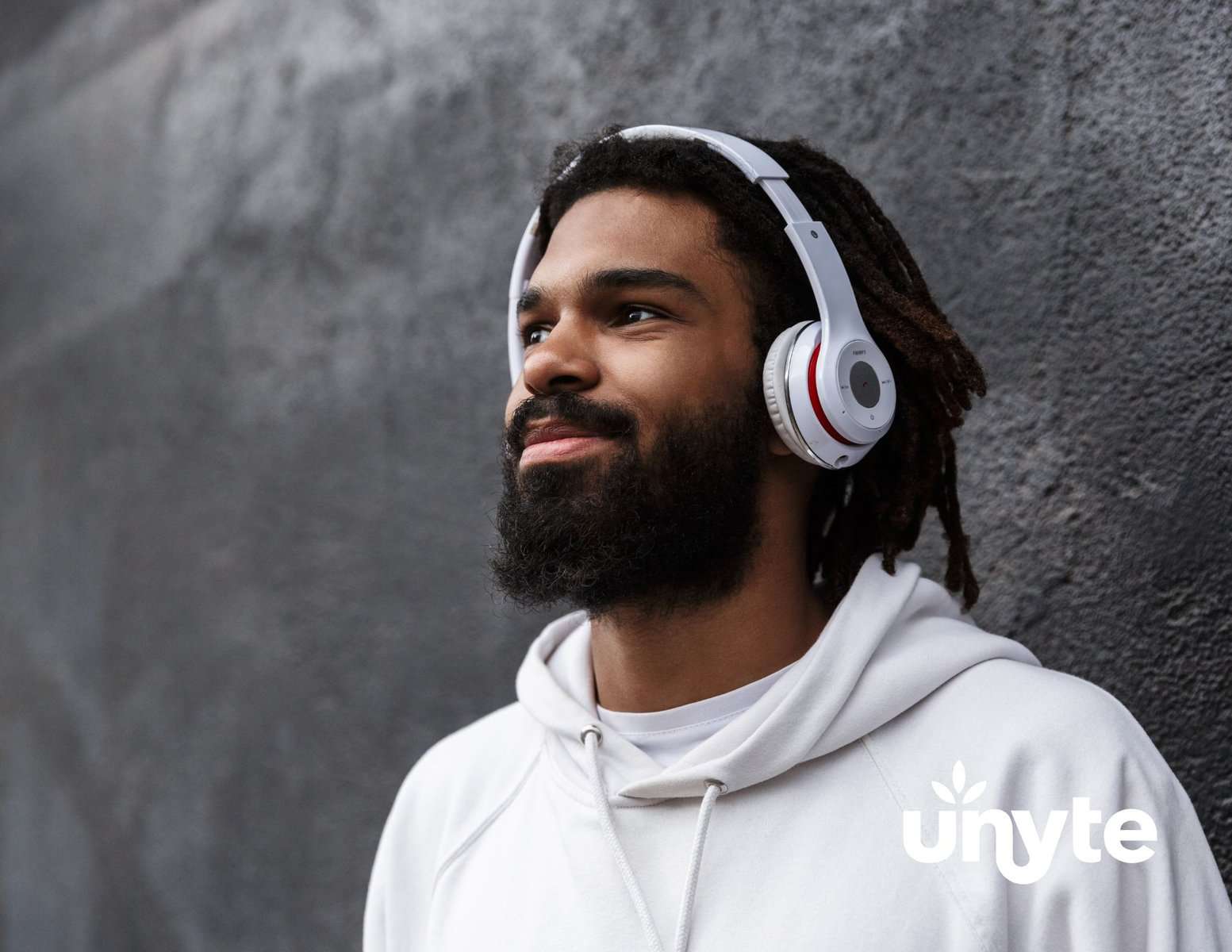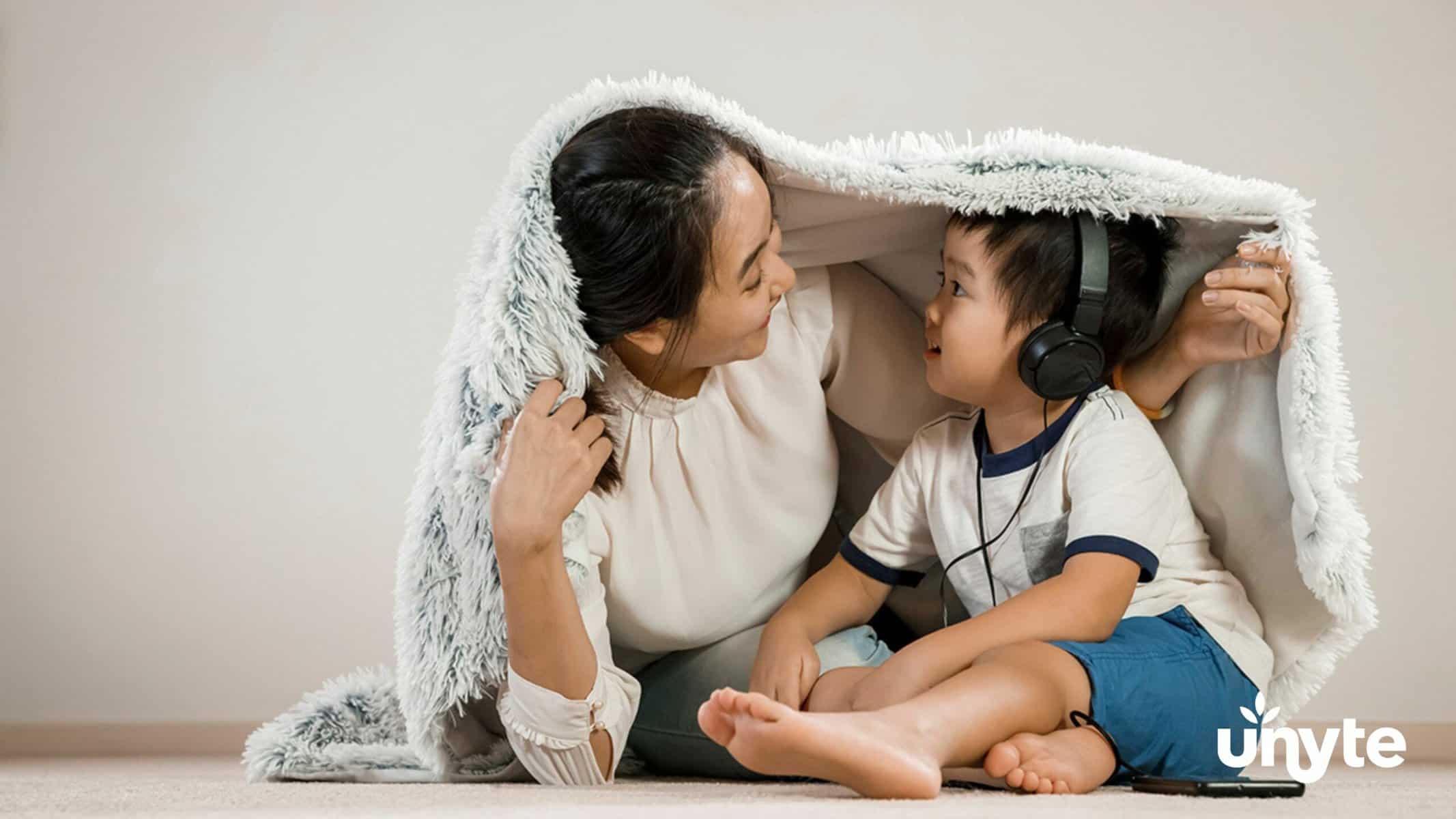Unyte Integrated Listening
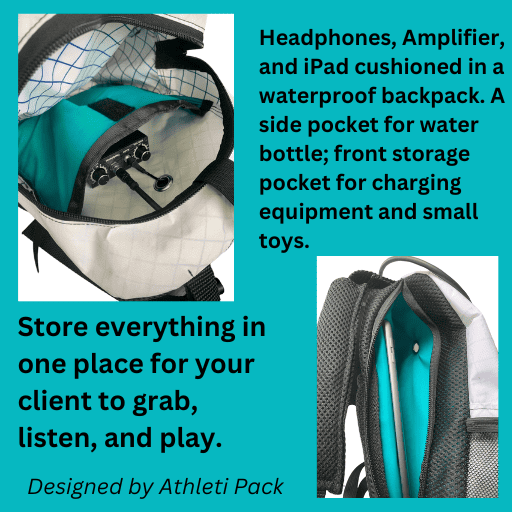
As a provider of Safe and Sound music and the Focus Integrative Listening Program, I am delighted to share that clients can now walk and play while listening with this amazing backpack. Auditory integration training can be listened to in the comfort of your home, outside or and during in-office therapy.
Dr. Stephen Porges’ recommends combining therapeutic listening with movement and additional therapies that provide emotional support.
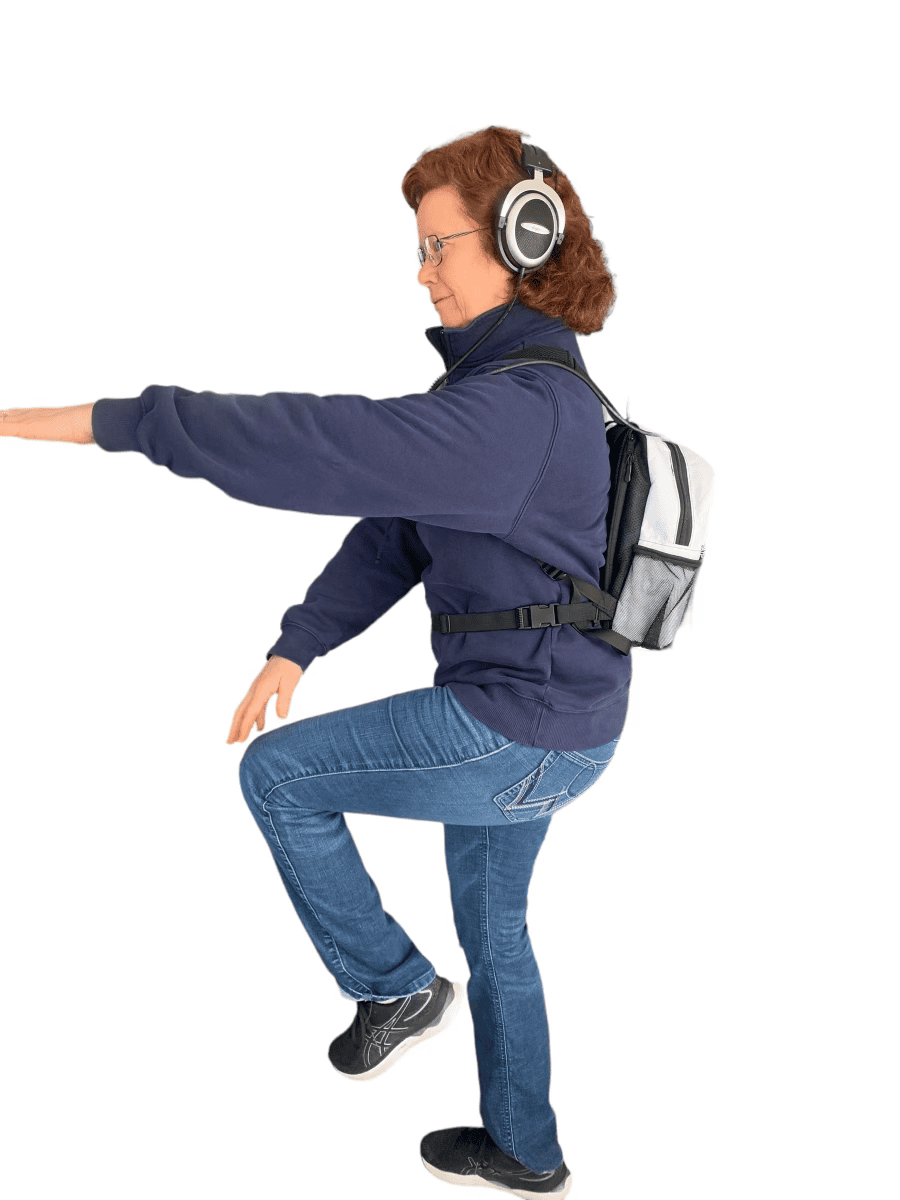
Dr. Stephen Porges development of the Polyvagal Theory resulted in the development of Unyte Integrated Listening.
Interestingly, your autonomic nervous system subconsciously reacts, internally and externally, to sensory input from sounds, sights, and touch. For example, a positive sensory experience like a hug with just the right amount of pressure helps you relax. However, if abuse or trauma involved being grabbed in a too tight hug, your autonomic response is an increase in your heart rate and breathing.
Enjoy this wonderful testimony of how auditory integration training helped the client and family.
Unyte Integrated Listening Music
Filtered music is therapeutic, because instrumental music presents all frequencies at different levels of intensity. Music keeps the brain actively engaged and focused on listening.
Cheri uses a Holistic approach learning about your past or ongoing poor ear, nose, and throat health; food and environmental allergies, and birth or brain/head injuries. These all affect the strength of your hearing which impacts development of auditory and visual processing skills like:
- Listening with comprehension in all environments
- Word retrieval
- Instinctive movement
- Expressive speech
- Reading with comprehension in all environments
Typically, clients use a combination of In-home Berard Based Auditory Integration Training and Unyte Listening programs.
Safe and Sound Unyte Research
Unyte shares research studies including a small Pilot Study, which helps researchers decide upon pursuing a larger study.
Participants were 7 children with a diagnosis of Sensory Processing Disorder. Researchers investigated the benefits of three months of listening to Unyte’s Focus Program sharing improvements in a more relaxed mood with fewer emotional meltdowns. Sound tolerance improved in participants with auditory hypersensitivity to sounds.
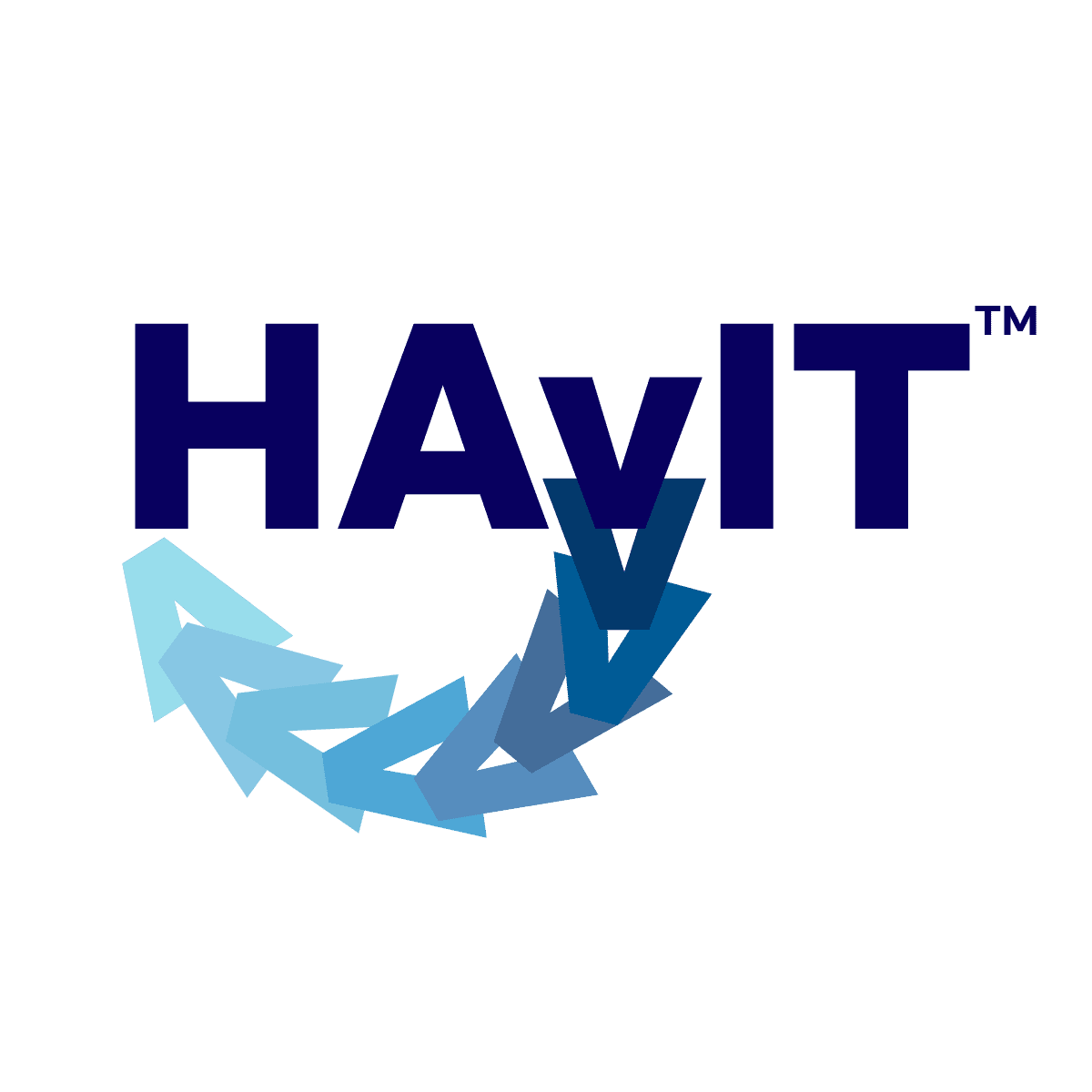
HAvIT courses helps therapists understand the need for a holistic approach using both programs.
When appropriate, Auditory-Visual-Motor activities and exercises are provided with all listening programs.
Use Your Ipad to Listen
Cheri provides Unyte approved headphones with a bone stimulator and an access code.
Each day, twice a day, access your Unyte Integrated Listening program at a time that works best for you.
First session begins with Cheri Moore.
Frequency of listening on your own or with Cheri Moore depends on each client’s needs.
Unique Equipment
1. Ipod with access to over a hundred therapeutic listening programs.
2. Amplifier as an option to stimulate skull bones sending sounds to inner ear’s vestibular system.
3. Headphones have a bone stimulator conductor sending strong sound energy to both mastoid bones behind your ears.
Interesting Facts:
Researchers found that sound energy travels along your skull bones (illustrated by dots in picture) to the mastoid bone behind your ear. Thus, causing stronger stimulation of your vestibular system when compared to sound traveling through your ear canal and middle ear to your cochlear.
Have you ever felt music in your bones at a concert? When music stimulates your skull bones, you want to dance, move. You hear your own voice more strongly through your skull bones than through your middle ear.
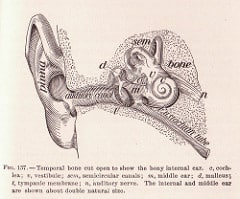
Automatically Generated Moore Auditory Visual Questionnaire Report
Your Moore Auditory-Visual Questionnaire Report, observations, holistic history, and hearing tests determine the best intervention program for clients. Together, we develop an intervention program that includes emotional support, accommodation documents, educational support.
Two Complementary Listening Programs
Beard-Based Auditory Integration Training
- Unable to own music – not needed
- Balances hearing system with ability to put more volume in one ear.
- Based on a hearing evaluation, behavioral concerns, and ENT medical history.
- Stimulation of speech ear is possible with more volume in that ear.
- Decrease the intensity of sounds on one or two frequencies shown on hearing test as a sensitivity peak.
- Instrumental music
- Stimulates temporal bones behind the ear
Unyte Integrated Listening
- Able to own.
- Equal volume of music is presented to both ears through headphones.
- Not typically developed based on a hearing evaluation; however, I use a hearing evaluation.
- Option to switch to Berard AIT program to improve expressive speech.
- Over 100 listening sessions randomly filter frequencies, some at low and other at high frequencies.
- Instrumental music
- Stimulates skull bones, including temporal bones, strongly stimulating vestibular system.
Summary
To summarize, Cheri recommends the Berard-based Auditory Integration Training when clients have hearing loss, an imbalance in their hearing, and sensitivity peaks meeting Dr. Berard’s filtering protocols.
The Unyte Integrated Listening programs allow additional listening programs to later strengthen the hearing system.
FDA Statement On AIT
“Auditory Integration Training remediates impairments in auditory discrimination (sound sensitivity and auditory distortion) associated with Autism, Learning Disabilities, and related disorders – ADD, ADHD, CAPD (Central Auditory Processing Deficits), SPD (Sensory Processing Disorder), Dyslexia.“
Moore Auditory-Visual Integration Training
Cheri Moore has over ten years experience helping children and adults with and without a diagnosis, hearing loss, or brain injury improve the brain’s ability to respond to intervention while minimizing negative behavioral responses.
